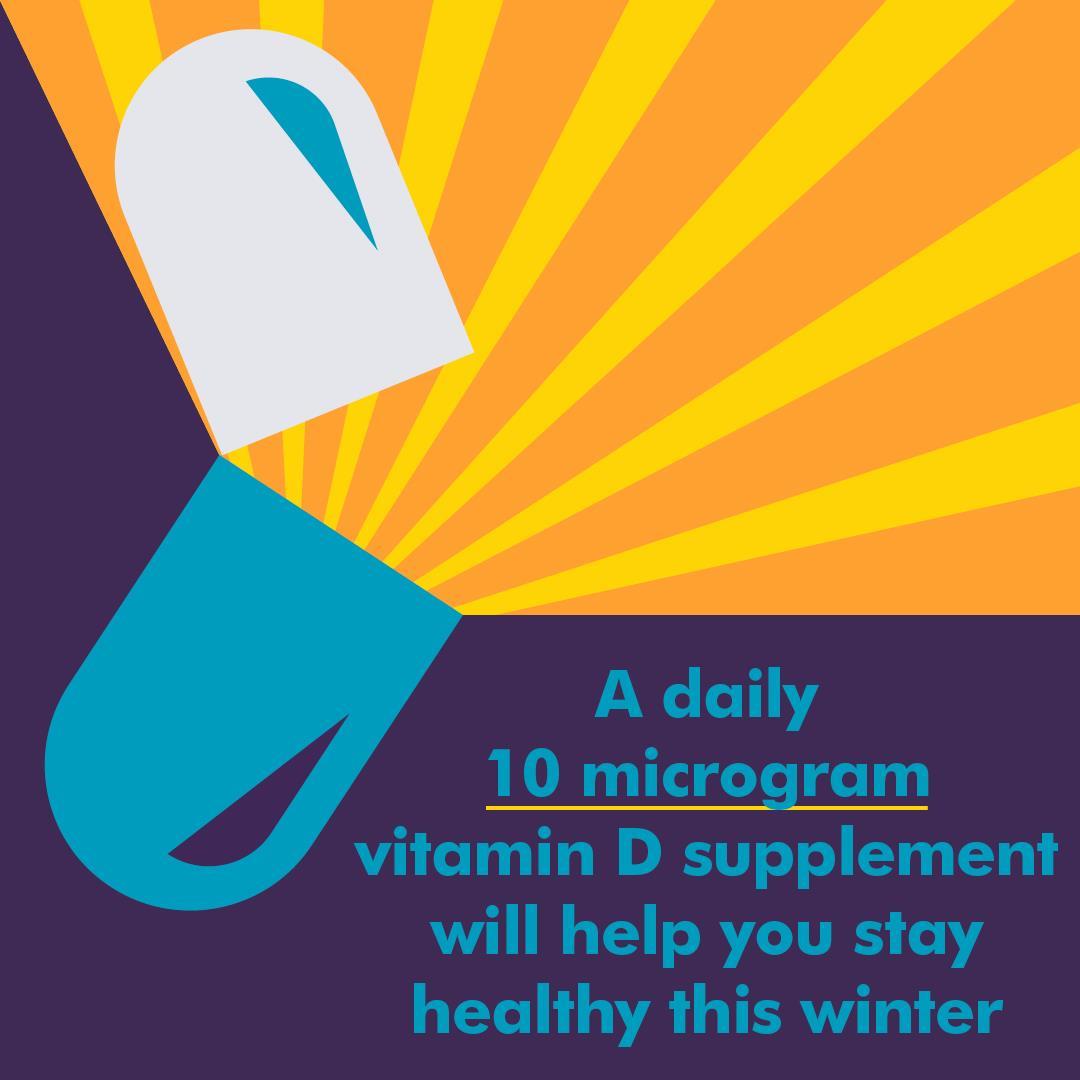Have a quick search online, and there’s certainly no shortage of information out there on the ‘do’s’, ‘don’ts’, and ‘did-you-knows?’ about vitamin D. But just how much of that is accurate?
Alana McDonald, Senior Public Health Nutrition Advisor at Food Standards Scotland corrects some of the most common fiction, with hard facts.
FICTION: Everyone can get enough vitamin D through their diet – if they eat the right types of food
FACT: Most people should be able to get all the nutrients they need from a healthy, balanced diet – but vitamin D is an exception because it is only found in small amounts in some foods, including oily fish such as salmon and mackerel, red meat, egg yolk, and some fortified foods such as breakfast cereals.
FICTION: Sitting by the window on a sunny day gives us enough vitamin D
FACT: Glass actually blocks the vital UVB rays that our bodies need to create vitamin D; you need to be in direct sunlight to generate vitamin D, and even then, only at the right time of year.
FICTION: The sun can give us vitamin D, all-year round
FACT: In Scotland, our northern latitude means between the months of October and March sunlight does not reach us at the right wavelengths for our skin to make vitamin D.
This means we only get the right type of sunlight to make vitamin D between April and September.

FICTION: You can never take too much vitamin D
FACT: Taking too many vitamin D supplements over a long period of time can cause excess calcium build-up in the body, which can weaken bones and damage the kidneys and heart.
Unless your clinician has advised you differently, 10 micrograms per day (400 IU) is enough and safe for most people.
FICTION: You only need to take a vitamin D supplement in winter
FACT: For most people, we encourage taking a supplement particularly over winter when we cannot get vitamin D from the sun – but some people have a higher risk of vitamin D deficiency, and we advise taking a daily vitamin D supplement all year round.
This includes children under five, pregnant or breastfeeding women, groups who have low or no exposure to the sun, and people from minority ethnic groups with dark skin who require more sun exposure to make as much vitamin D.
To find out more about vitamin D, visit the Food Standards Scotland website.